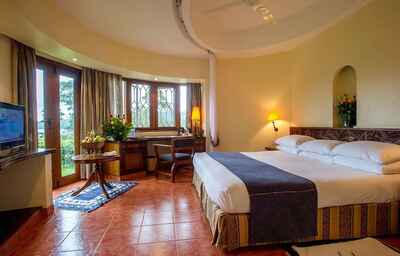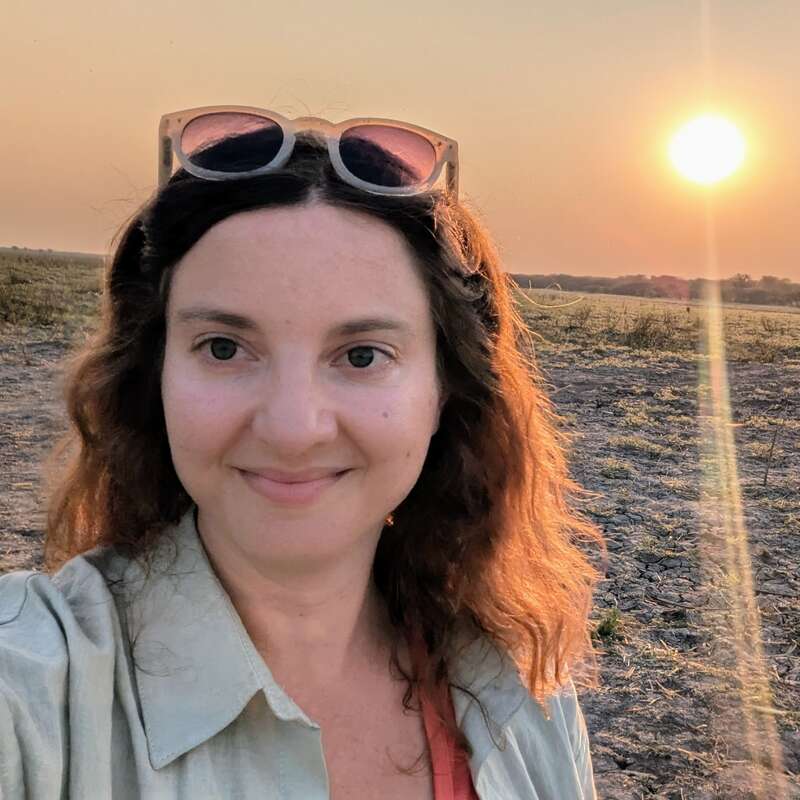About Arusha Serena Hotel
The Arusha Serena is a comfortable hotel overlooking Lake Duluti, close to Arusha town.
The Arusha Serena Hotel is built on the site of a former coffee plantation, once owned by the Greek coffee farmer Antony Jaquice, and today the hotel still has a commercial coffee farm as a neighbour. The area has an interesting history, with many Polish refugees settling here during the second world war, when Tanzania served as a British military outpost. A government hospital was built on the site to treat the wounded and you can still see the Polish cemetery which lies nearby.
Today the Arusha Serena Hotel, also known as the Arusha Serena Lake Duluti, is a comfortable base from which you can visit Arusha, relax and enjoy the lake views or explore the lakeshore on foot or by canoe with a local guide. Back at the hotel you can indulge in a spa treatment in the privacy of your room. It is a great spot for a night or two before or after a northern Tanzanian safari.
Accommodation
42 rooms
Children
Good for children of all ages.
Open
All year
Traveller reviews of Arusha Serena Hotel
1 real, un-edited reviews from Expert Africa's travellers.
Arrived 28 Feb 2024, 1 nights
"Arusha Serena Hotel review"
Overall rating: Excellent
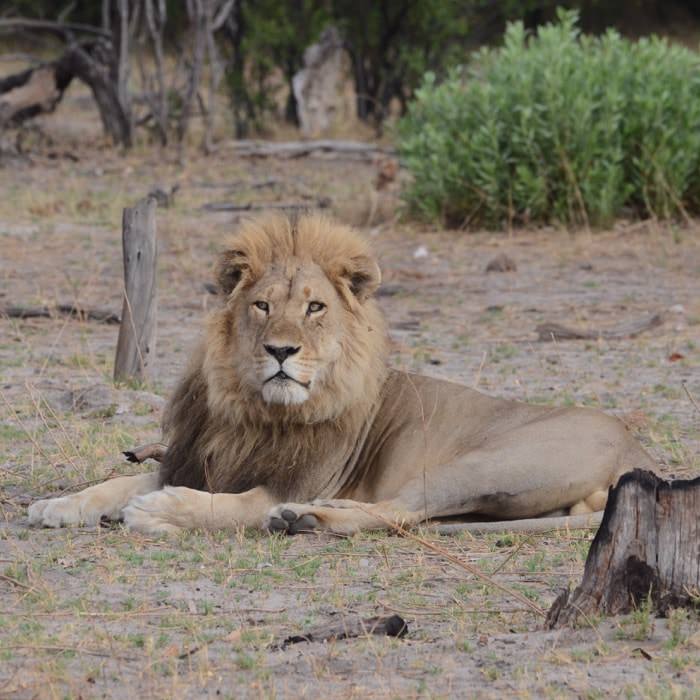
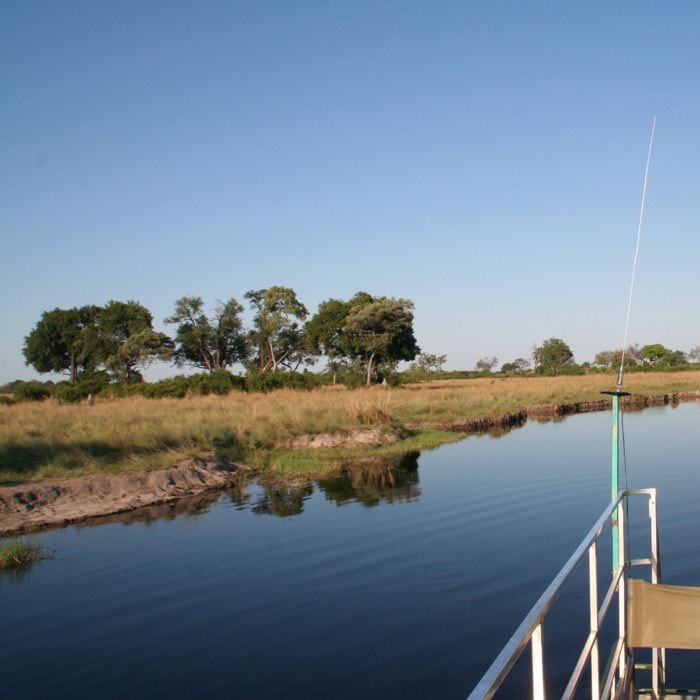
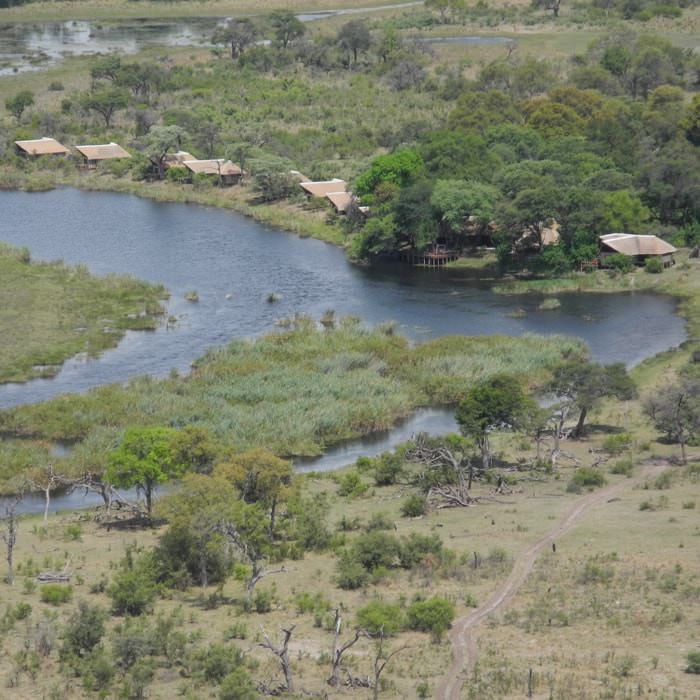
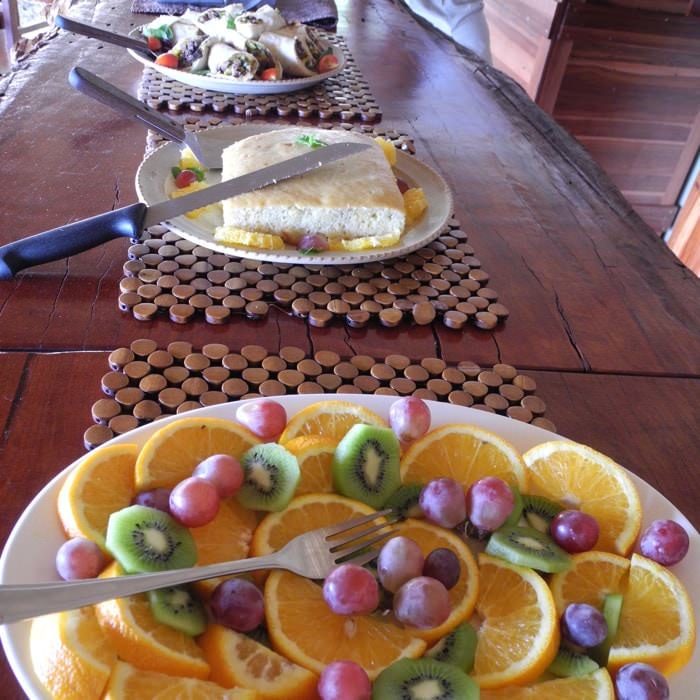
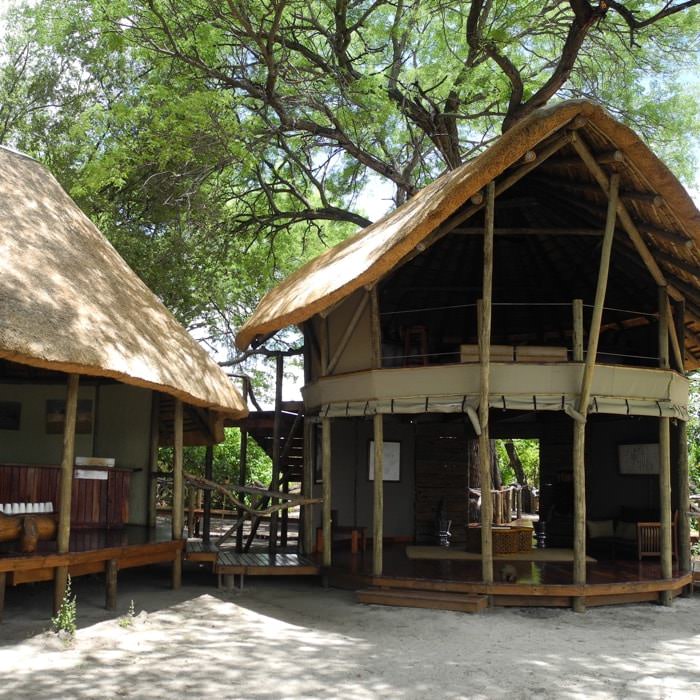
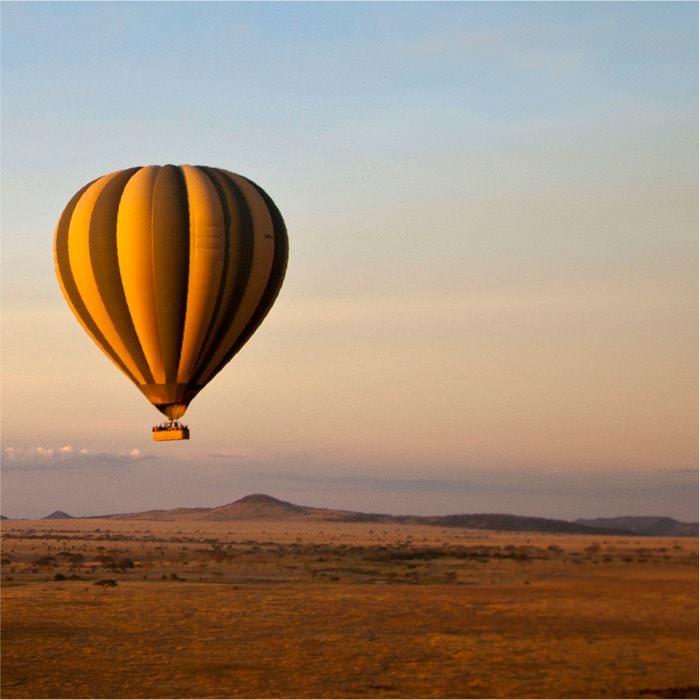
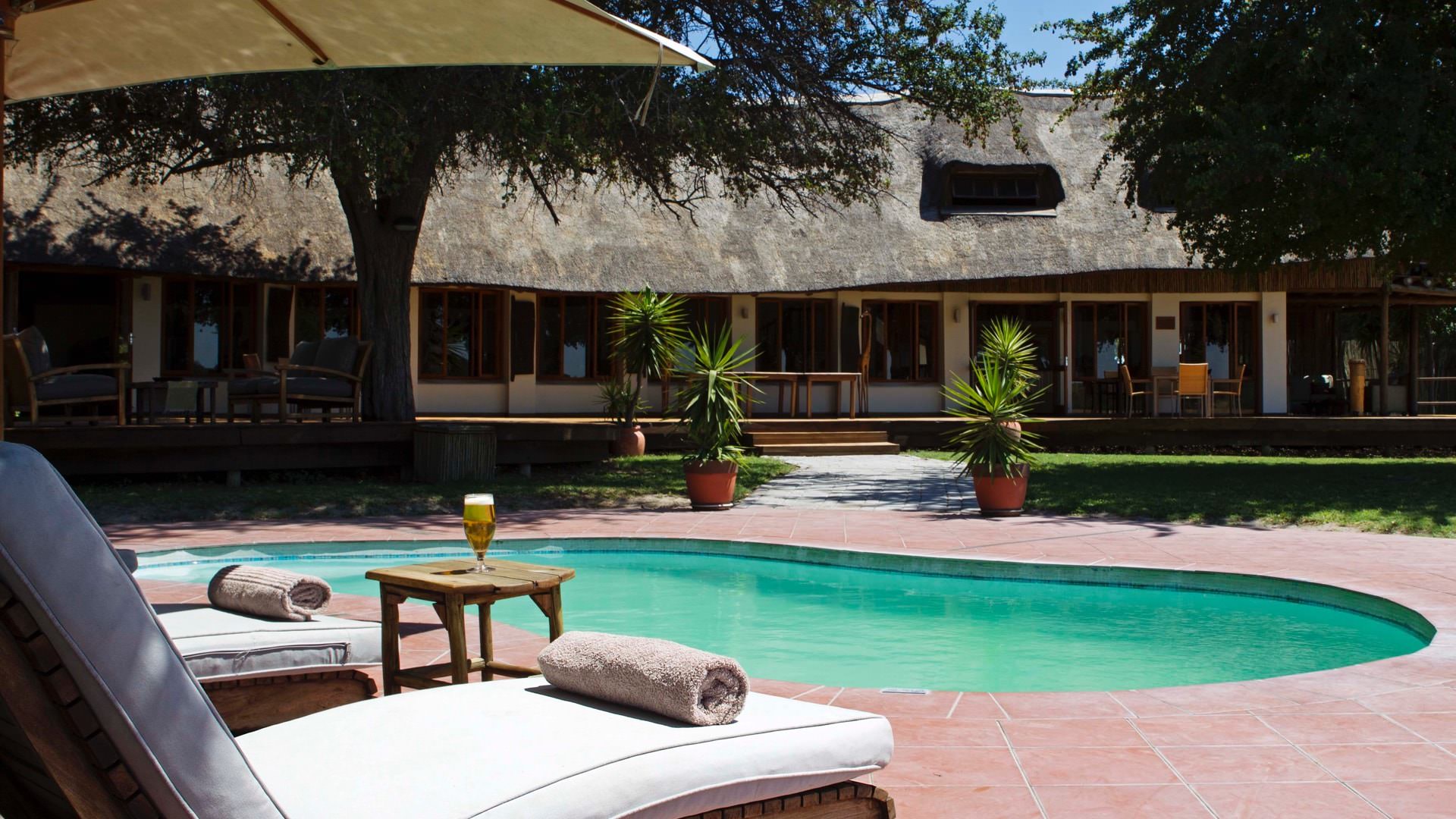
Expert Africa's gallery
When we travel we take lots of photos ourselves to give you a real and un-edited view of the trips. See our 1 pictures of Arusha Serena Hotel to get the candid view.
View galleryArusha Serena Hotel: Our full report
The Arusha Serena Hotel is located on the outskirts of Arusha in a scenic spot – a 150-acre former coffee ...
... plantation – overlooking Lake Duluti. It was first constructed in 1988 by two Indian brothers, with the name Hotel Mountain Village, before being taken over in 2000 and largely rebuilt by the Serena hotel chain. Today it is a smart hotel with a colonial vibe.
The main building at the Arusha Serena Hotel has been designed to resemble an old colonial manor house, slightly reminiscent of the world famous Giraffe Manor in Nairobi. However, on closer inspection it is revealed as largely constructed from concrete breeze blocks. The effect is nevertheless fairly impressive and flanked by a number of palm trees it feels like quite an imposing structure. Inside, beyond the large reception area, are the lounge, bar, curio shop and dining area. The colonial theme continues here with wooden beams, dark leather sofas, richly patterned fabrics and stone fireplaces.
To the front of the main house is a pretty terrace which overlooks Lake Duluti, furnished with quirky, giraffe-shaped chairs. A flagstone path leads down to the gardens. When we visited in 2019, we were told there were plans to build a swimming poo in the near future.
The Arusha Serena has 42 rooms, 32 of which have a view of at least some of the lake. These are arranged in little semi-circular clusters, each with six adjoined rooms. With banana-stem thatch roofs they loosely resemble traditional Maasai huts. These are all identical in design, with either double or twin beds enclosed within a retractable mosquito net.
The rooms are simply styled but very comfortable with red ceramic floor tiles, a writing desk, satellite TV and a built-in cupboard with plenty of storage and an electronic safe. The outer wall of the room is curved and has a pair of glass doors opening onto a grass area at the back. Each room has an en-suite bathroom with a shower, single basin and complimentary toiletries.
Most people will only spend one night here before or after a northern Tanzania safari, however there are plenty of activities on offer if you choose to stay a little longer. The hotel is only a short walk from Lake Duluti, which is a relatively small yet surprisingly deep crater lake, estimated to be as much as 700 metres deep at its deepest. The lake is surrounded by tropical forest and a local guide can take you on a nature walk where you can learn about the native plants whilst keeping an eye out for monkeys in the trees.
You can also go canoeing on the lake which is a rally relaxing way to spend a couple of hours, exploring the lake shore where monitor lizards and water birds can regularly be seen. Unfortunately, you are strongly advised not to swim, because of bilharzia near the shore and currents further out.
Other activities include a visit to the Polish graveyard, Swahili lessons, cookery workshops at the hotel and trips into Arusha where you can explore the local markets. As well as in-room spa treatments the hotel is planning to create a purpose-built spa in the near future, although when we visited in 2019 there was no completion date.
Geographics
- Location
- Arusha, Tanzania
- Ideal length of stay
- Stay one or two nights at the start or end of a northern Tanzania safari.
- Accessible by
- Fly-and-Transfer
Food & drink
- Usual board basis
- Bed & Breakfast
- Food quality
- All meals are served in the dining room, which is part of the main house. Breakfast and lunch are normally served as a buffet, while dinner is either à la carte or buffet depending on the occupancy. The food we had in 2019 was very tasty with dishes using fresh produce from the kitchen garden.
Breakfast includes a range of cereals, bread, pastries and fresh fruit and yoghurt. A hot breakfast of bacon, eggs, sausages and tomatoes can then be cooked to order.
When we stayed in 2019 lunch started with either vegetable or chicken soup, followed by a buffet including a selection of cold salads, hot dishes such as curry, rice, pasta and fish, and also barbecued meat. We had a selection of fruits and cakes for dessert.
Dinner consists of three courses, which may start with soup or a salad. This is typically followed by a meat dish such as chicken or beef accompanied by a selection of vegetables. You would normally round off the meal with some form of cake or fruit tart. - Dining style
- Individual Tables
- Dining locations
- Indoor Dining
- Further dining info, including room service
- There are phones in the rooms and room service can be requested.
- Drinks included
- All drinks are at extra cost, this is typically around $5 for a beer or a glass of wine.
Children
- Attitude towards children
- The Arusha Serena Hotel accepts children of all ages.
- Property’s age restrictions
- None
- Special activities & services
- There are no special activities or services however children are likely to enjoy the local activities such as canoeing or forest walks.
- Equipment
- Cots and highchairs are available although these are best requested in advance.
- Generally recommended for children
- We feel that the Arusha Serena Hotel is good for children, although there are no family specific rooms.
- Notes
- The hotel plans to build a swimming pool and children should be supervised when using the pool.
Communications
- Power supply notes
- There is a backup generator
- Communications
- There is complimentary WiFi throughout the hotel, both in the main area and also in the rooms.
- TV & radio
- There are DStvs’ in the rooms.
- Water supply
- Mains
- Water supply notes
- There are flush toilets and hot running water.
Health & safety
- Malarial protection recommended
- Yes
- Medical care
- Staff are first aid trained and there is a doctor on call. There is a hospital in Arusha which is a 15-30 minute drive away.
- Dangerous animals
- Low Risk
- Security measures
- There is 24-hour security at the gate and around the edge of the property.
- Fire safety
- There are fire extinguishers throughout the hotel.
Activities
Extras
- Disabled access
- In Place
- Laundry facilities
- Laundry is available at extra cost, roughly from $2–5 per item.
- Money
- There are electronic safes in the rooms. A small amount of currency can sometimes be exchanged at the front desk, although this cannot be relied upon.
- Accepted payment on location
- The Serena Arusha Hotel accepts cash payments in most major currencies, including US dollars, GB pounds and Euros. Major credit and debit cards are accepted including Visa and MasterCard. There is no surcharge for credit card payments.
Plan and book your trip with Expert Africa
All of our trips are tailor-made, so we'll always adapt them to suit you. Talk to an Expert and let us plan and arrange your perfect trip.

Talk to an Expert
Call or email us now! We’ll match you with the Specialist in our team who is best suited to help you. Then together we can start planning your trip.

Set up your itinerary
Based on our experience and your ideas, your specialist will create a detailed, costed itinerary. We’ll refine it together, until we have a trip that you’re perfectly happy with.

Prepare for your trip
The same Specialist will make the seamless arrangements for your trip, send you detailed travel documents, and be available to answer any questions before you depart.

Travel with peace of mind
After you set off, you’ll be cared for by our partners in Africa, most of whom have worked with Expert Africa for decades. And if you ever need us urgently, we’re available 24/7.

When you return
We love to learn about your trip, and so will always be grateful if you’ve the time to give feedback to your Specialist when you return.
Arusha Serena Hotel's location
Look closer at the environment and surroundings of Arusha Serena Hotel.
Other lodges in Arusha
Alternative places to stay in this same area.
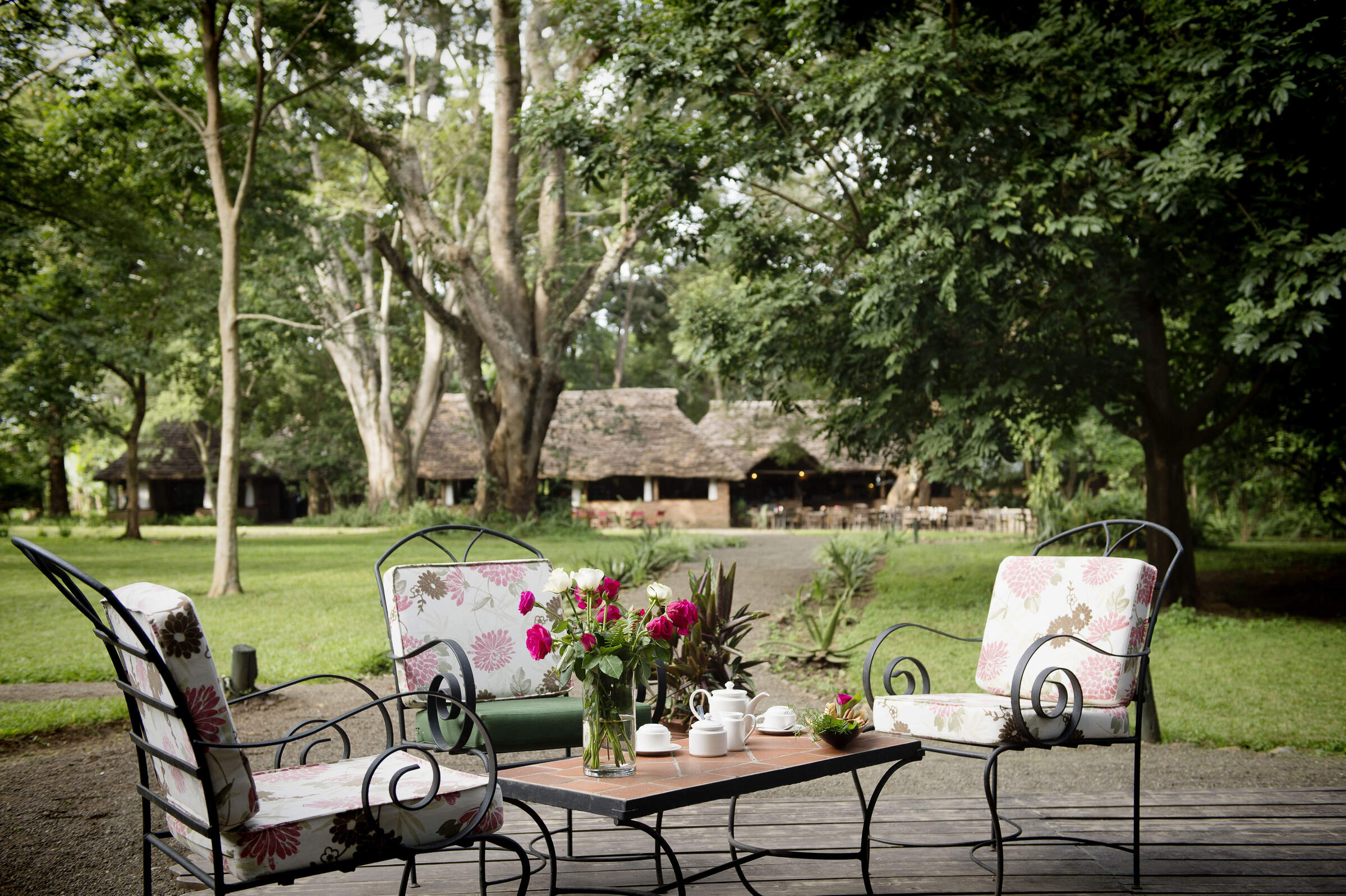
Rivertrees Country Inn
Set within lush grounds, the peaceful and relaxing Rivertrees lies between Arusha and Kilimanjaro Airport: ideal at the beginning or end of a safari.
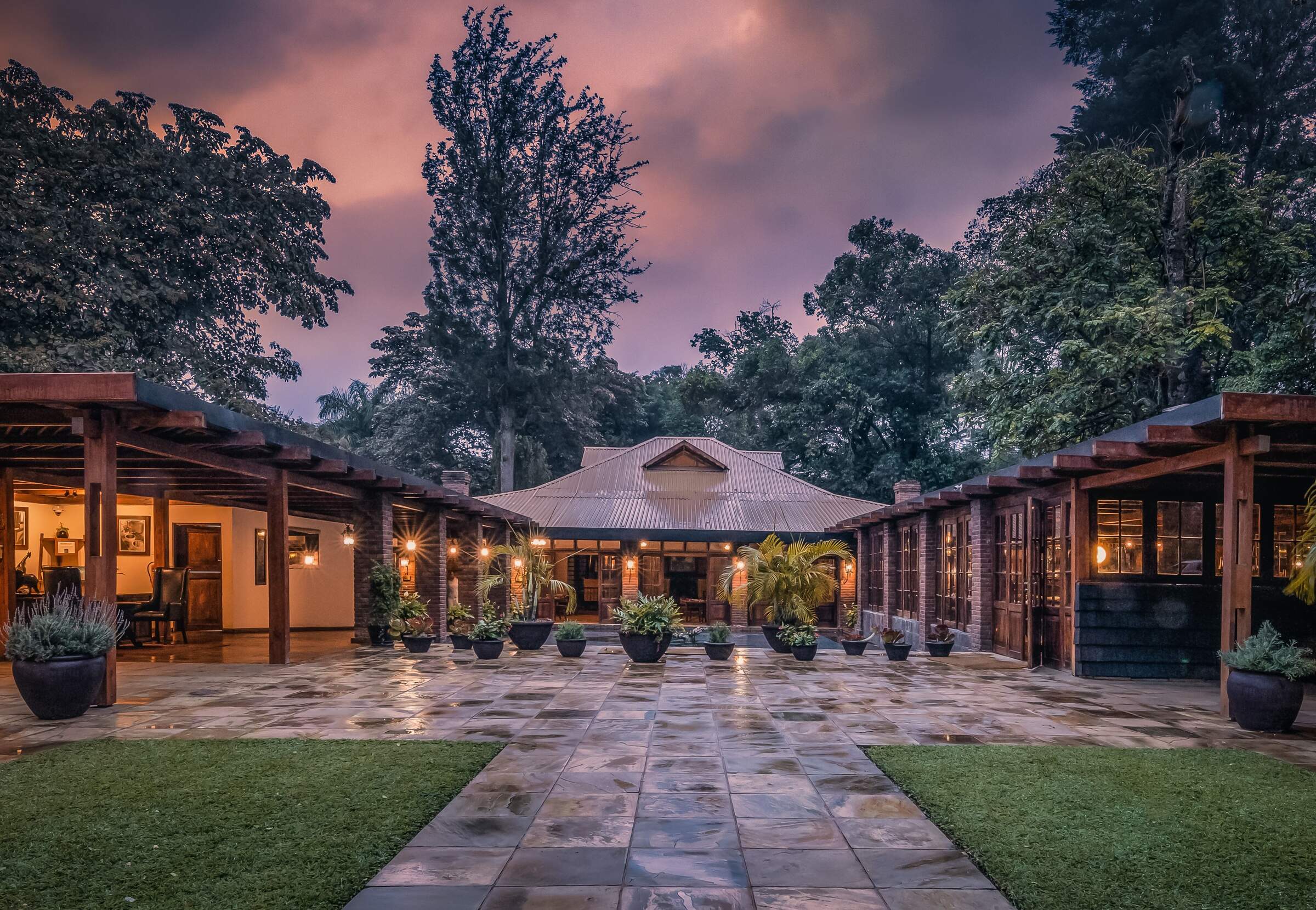
Arusha Coffee Lodge
Arusha Coffee Lodge is a neat, comfortable lodge, right on the highway, close to Arusha Airport. It is a convenient stop for a night.
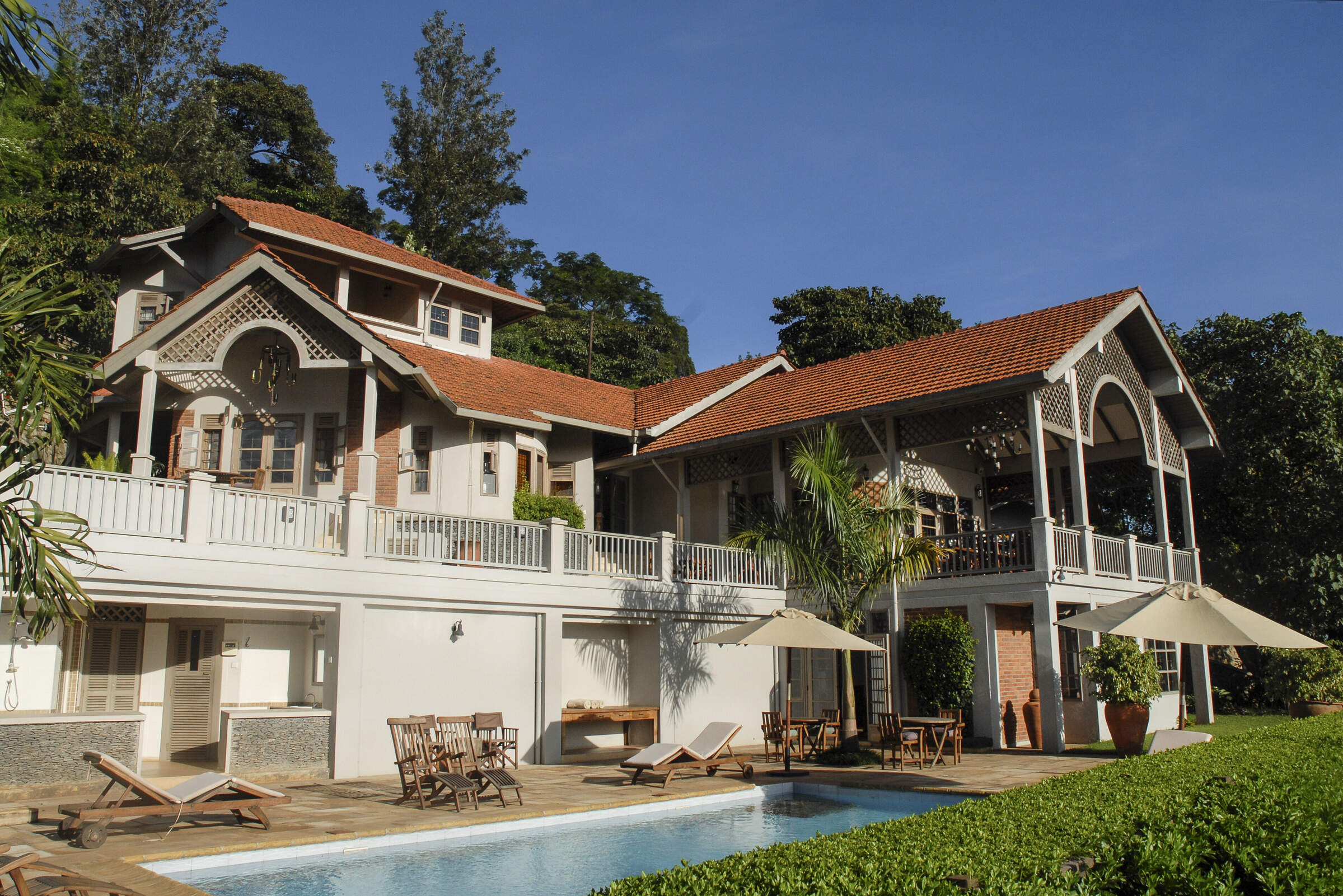
Onsea House
Onsea House is a small, family-run guesthouse on the outskirts of Arusha. The rooms are quite simple, but service and food here are good.
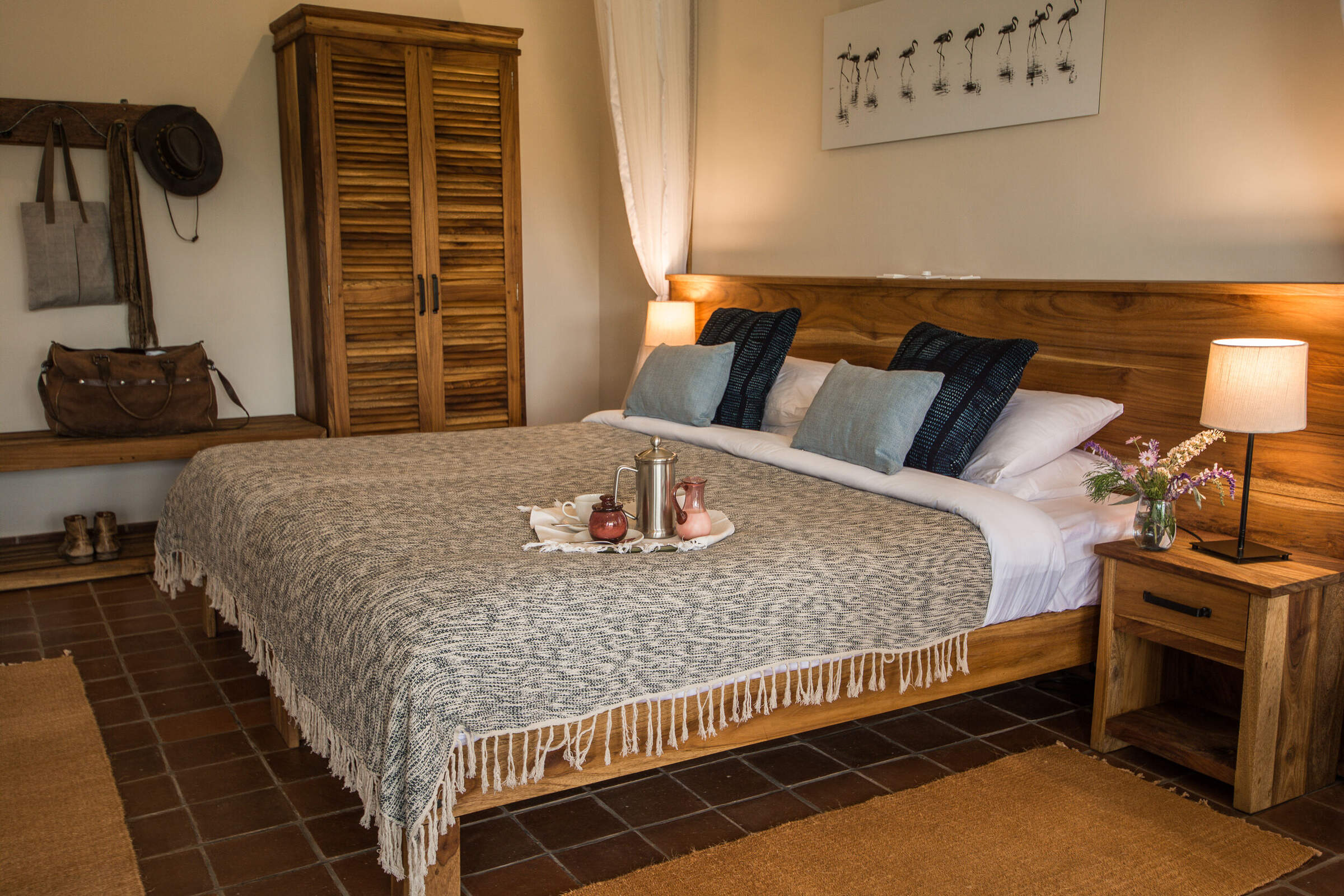
Katambuga House
Katambuga House is a smart hotel on the western side of Arusha, an hour’s drive from Kilimanjaro Airport and 10 minutes from Arusha Airport.
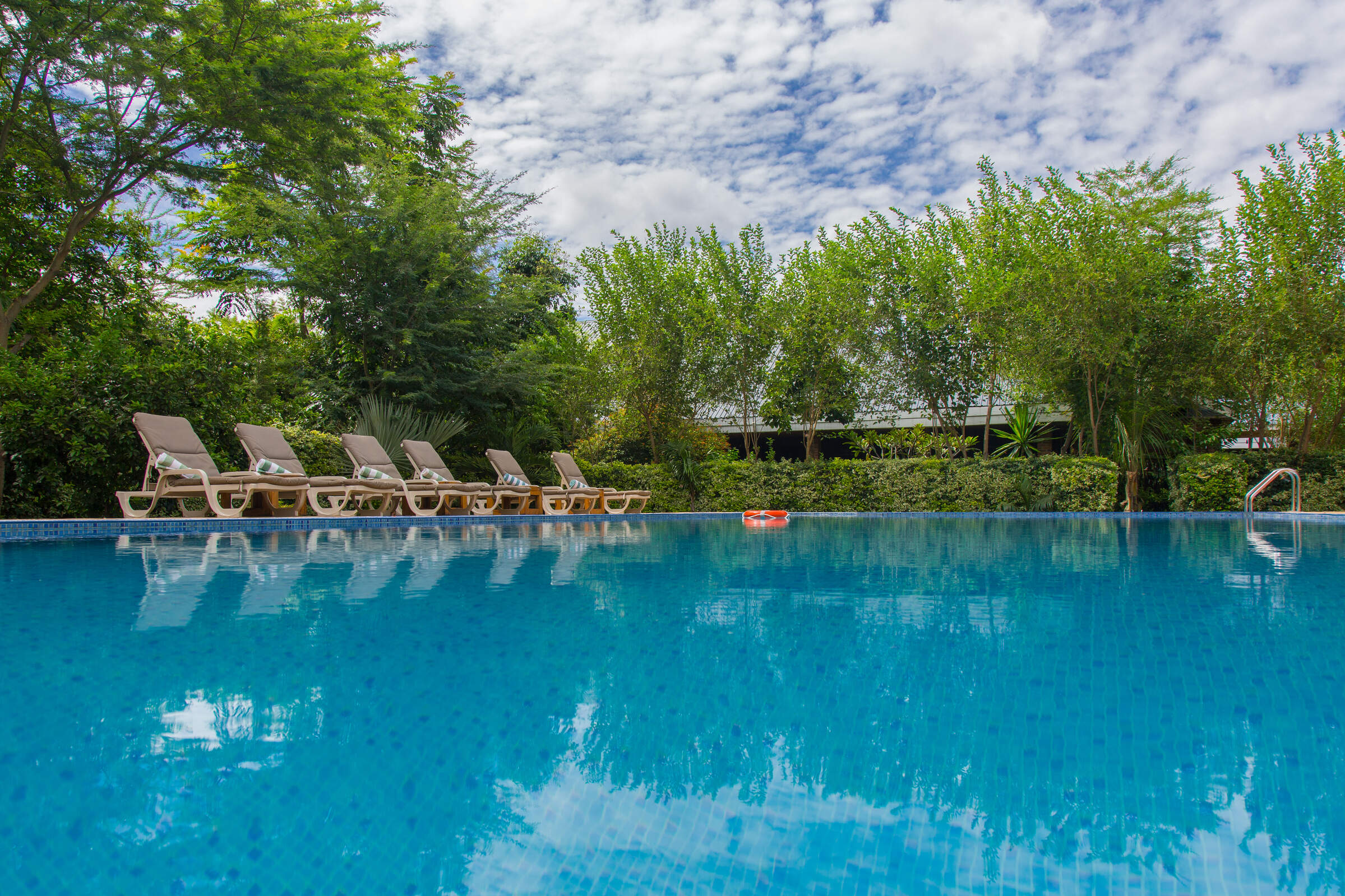
Airport Planet Lodge
Airport Planet Lodge is a new hotel located close to Kilimanjaro Airport, making it ideal for a short stay before or after your international flight.
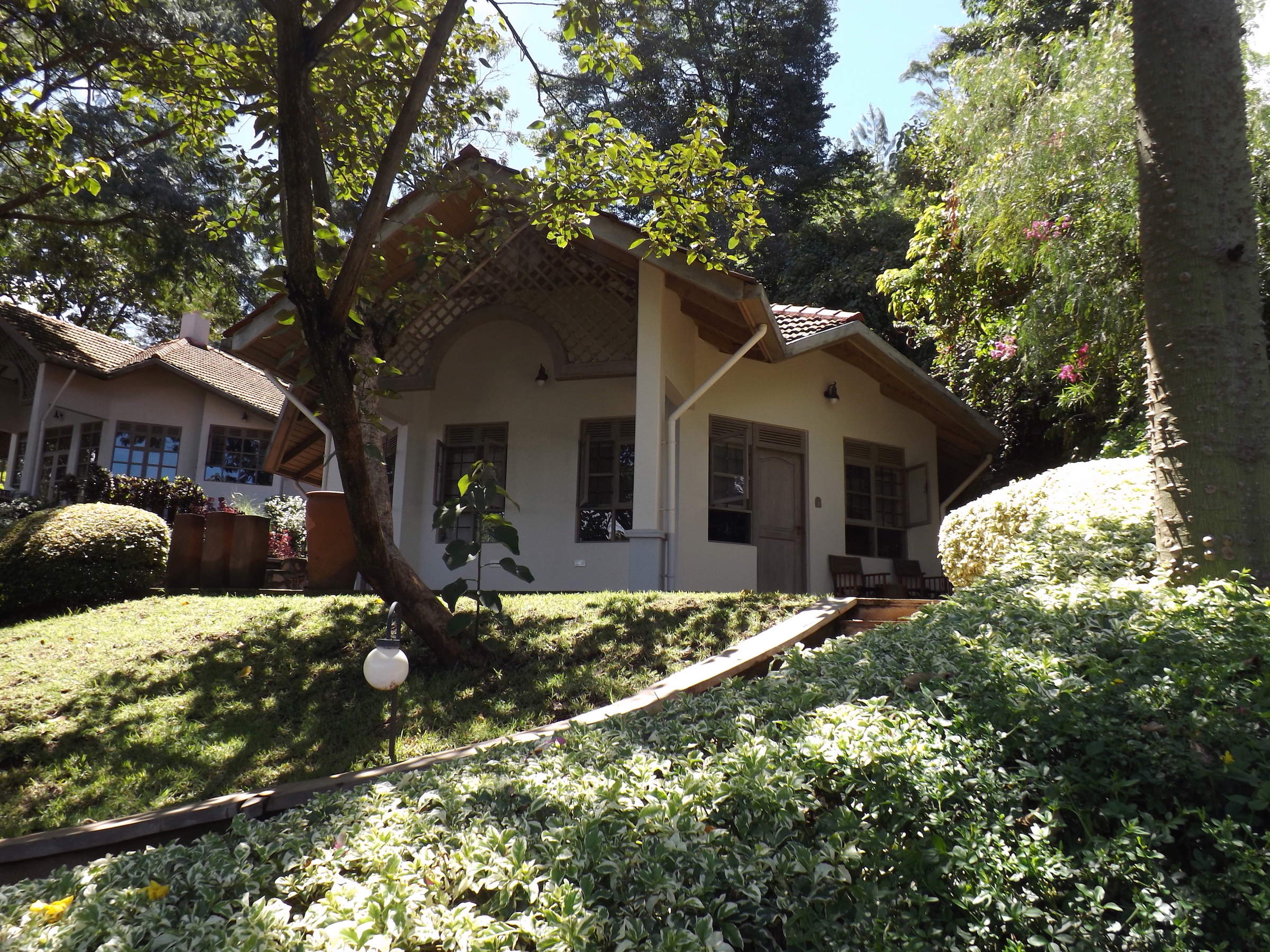
Machweo
Machweo is a nine-room lodge on the outskirts of Arusha. The rooms are large and stylish, and the service and food here are very good.
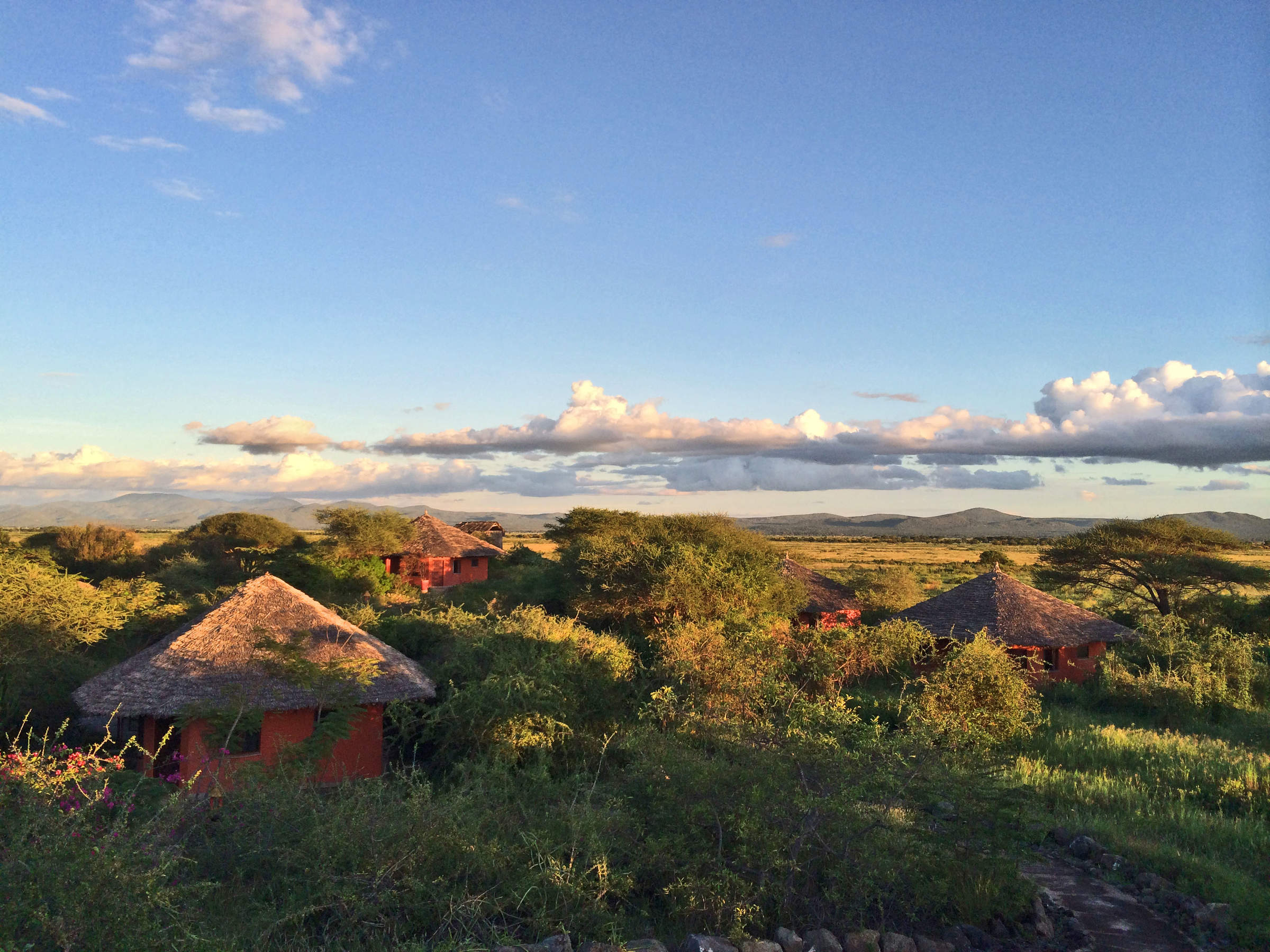
Kia Lodge
Kia Lodge is a simple, country-club-style lodge situated close to the buildings and runway of Kilimanjaro International Airport.
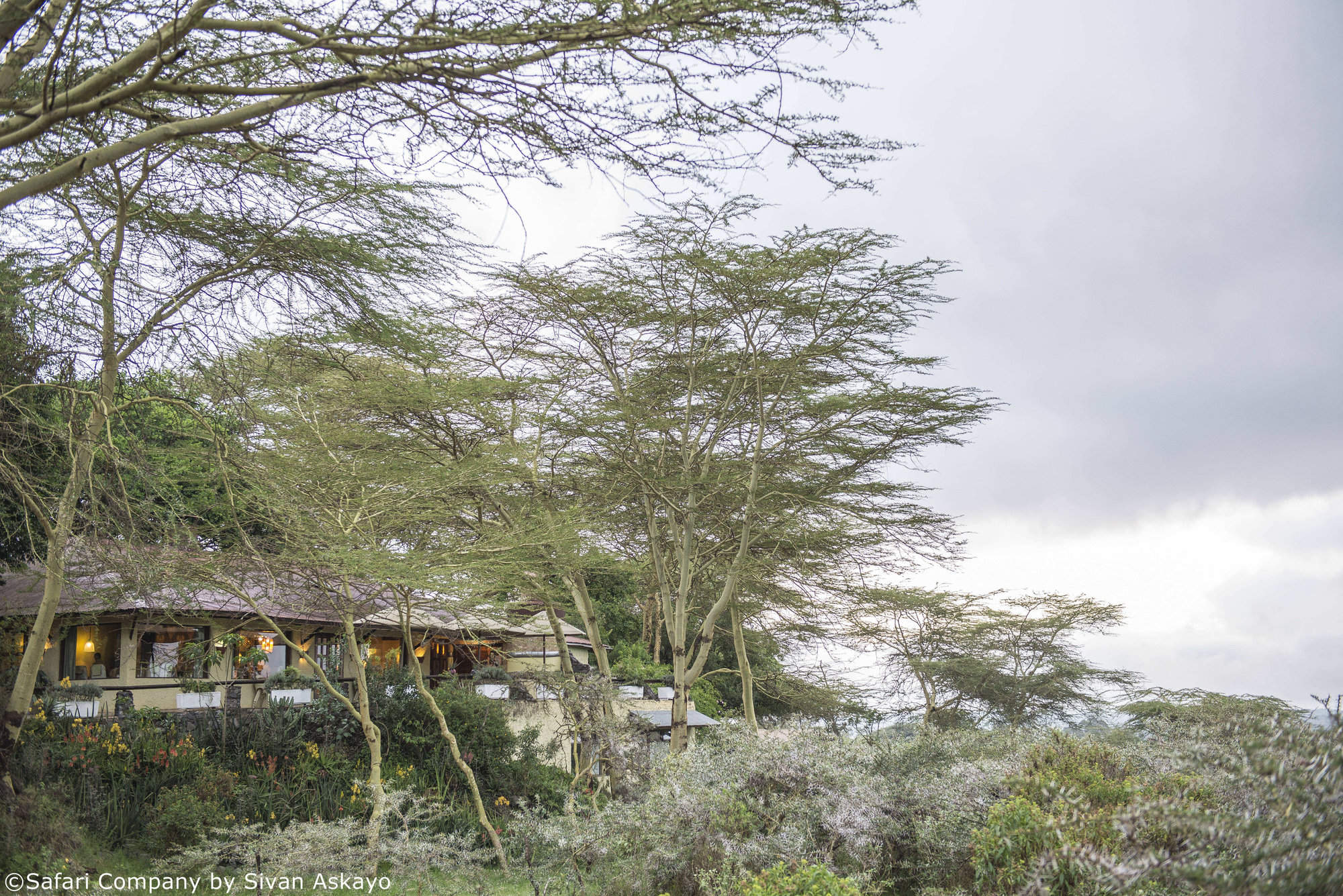
Hatari Lodge
Hatari Lodge is designed around a bright, fun 1960s retro theme and is a relatively high-quality base to explore Arusha National Park.
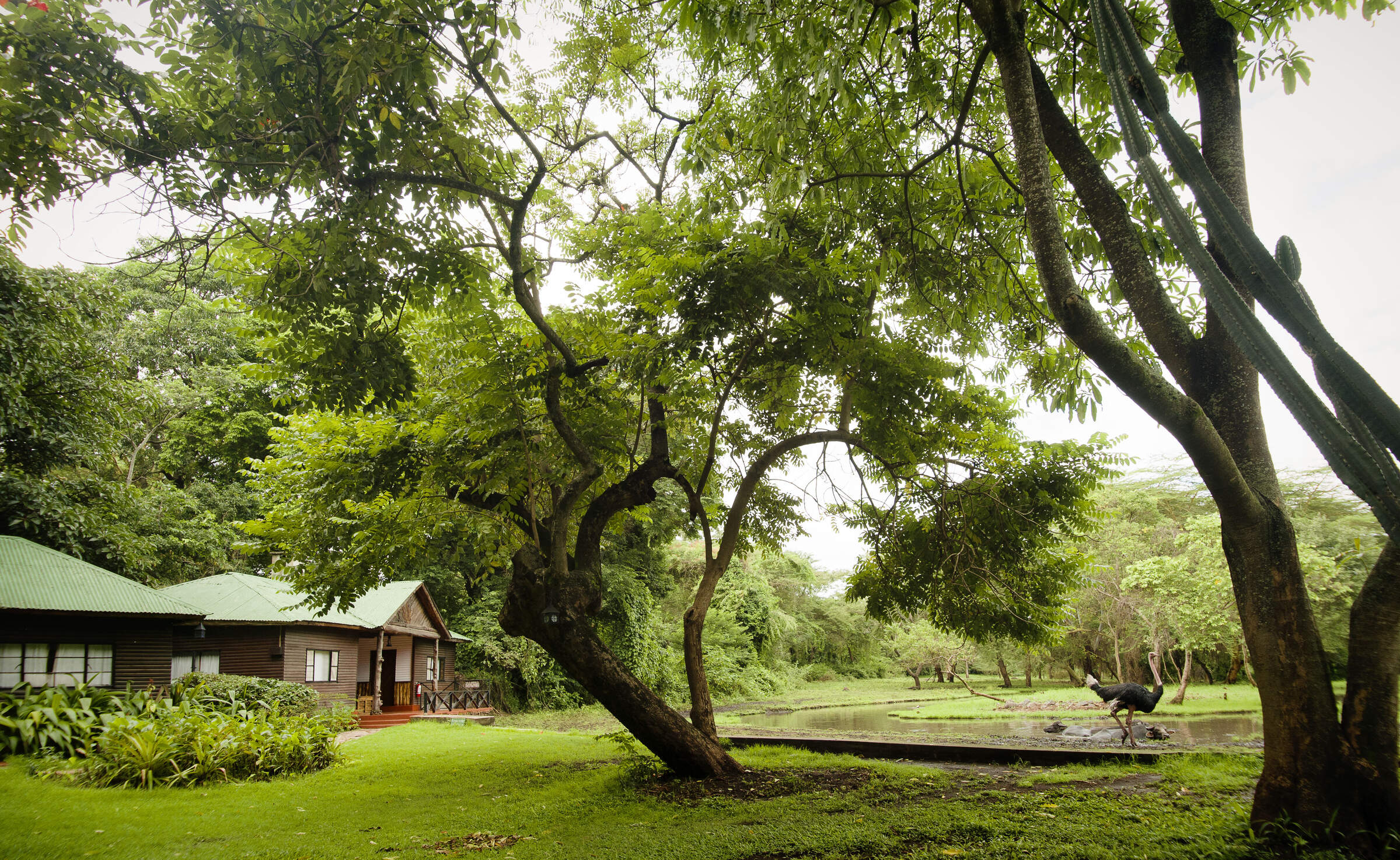
Mount Meru Game Lodge
Mount Meru Game Lodge, near Arusha, is a good spot to stay en route to northern Tanzania's most famous safari areas.
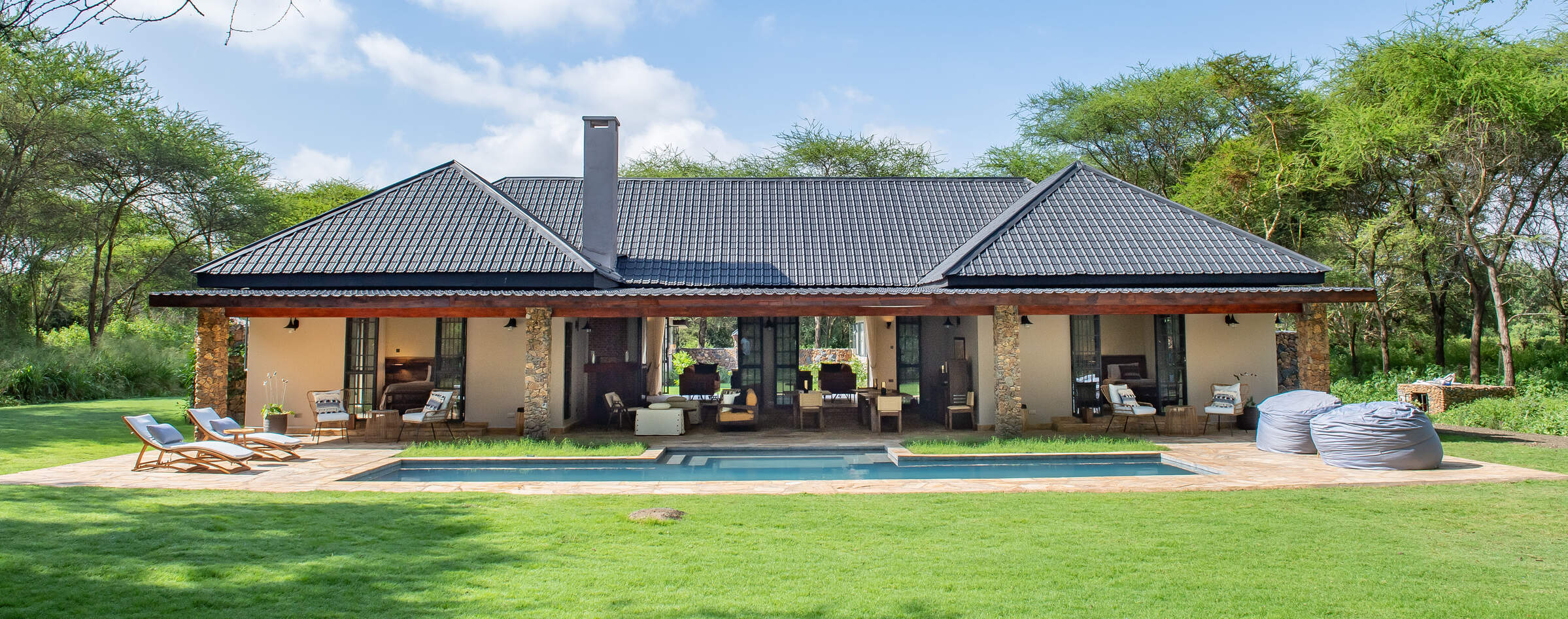
Hamerkop House
Located halfway between Kilimanjaro Airport and Arusha, Hamerkop House is a small, peaceful stop either at the beginning or end of a safari.
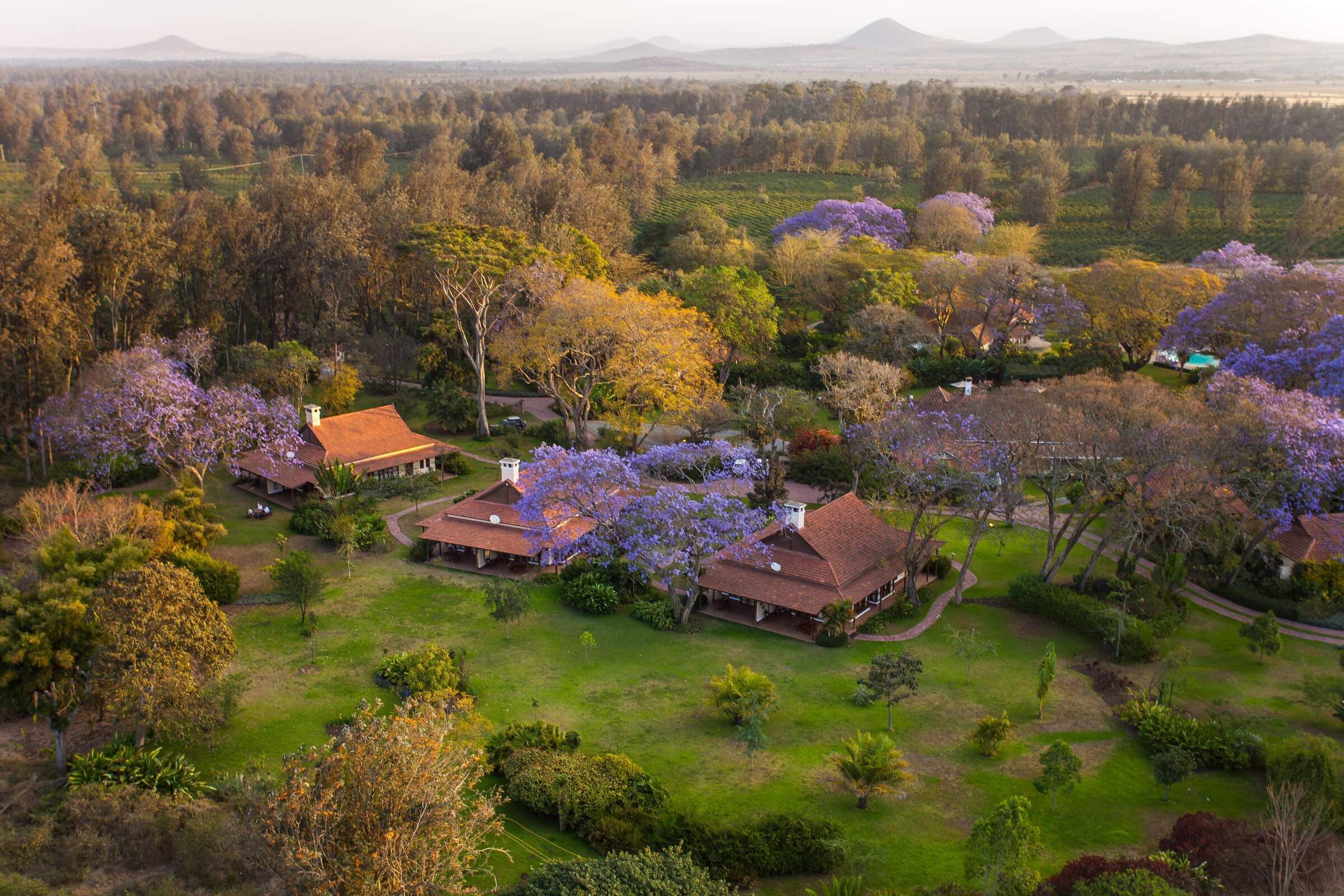
Legendary Lodge
Legendary Lodge is boutique luxury lodge, perfect for an indulgent overnight stay at the start or end of your safari.
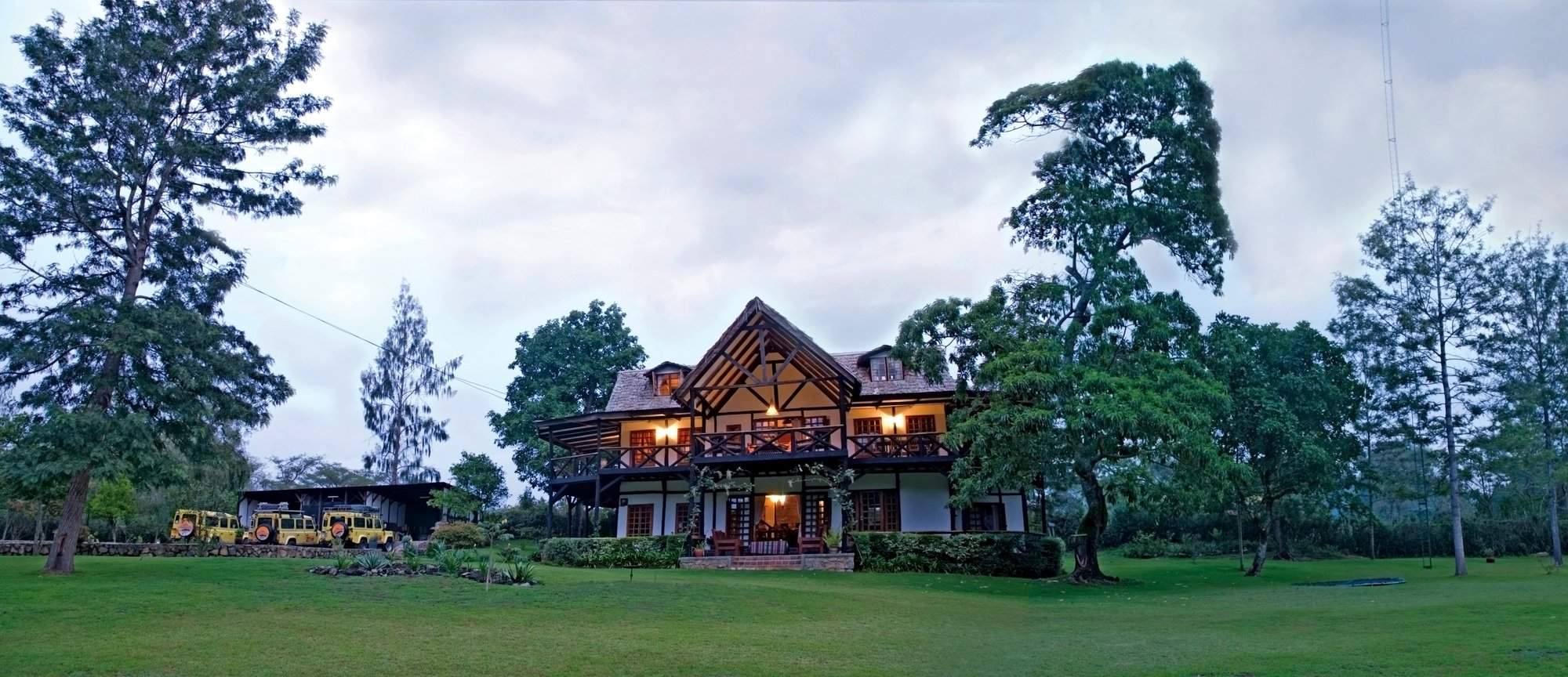
Twiga Lodge
Twiga is a Tudor-style lodge with welcoming owners, country-style gardens and a viewing platform looking onto Arusha National Park.
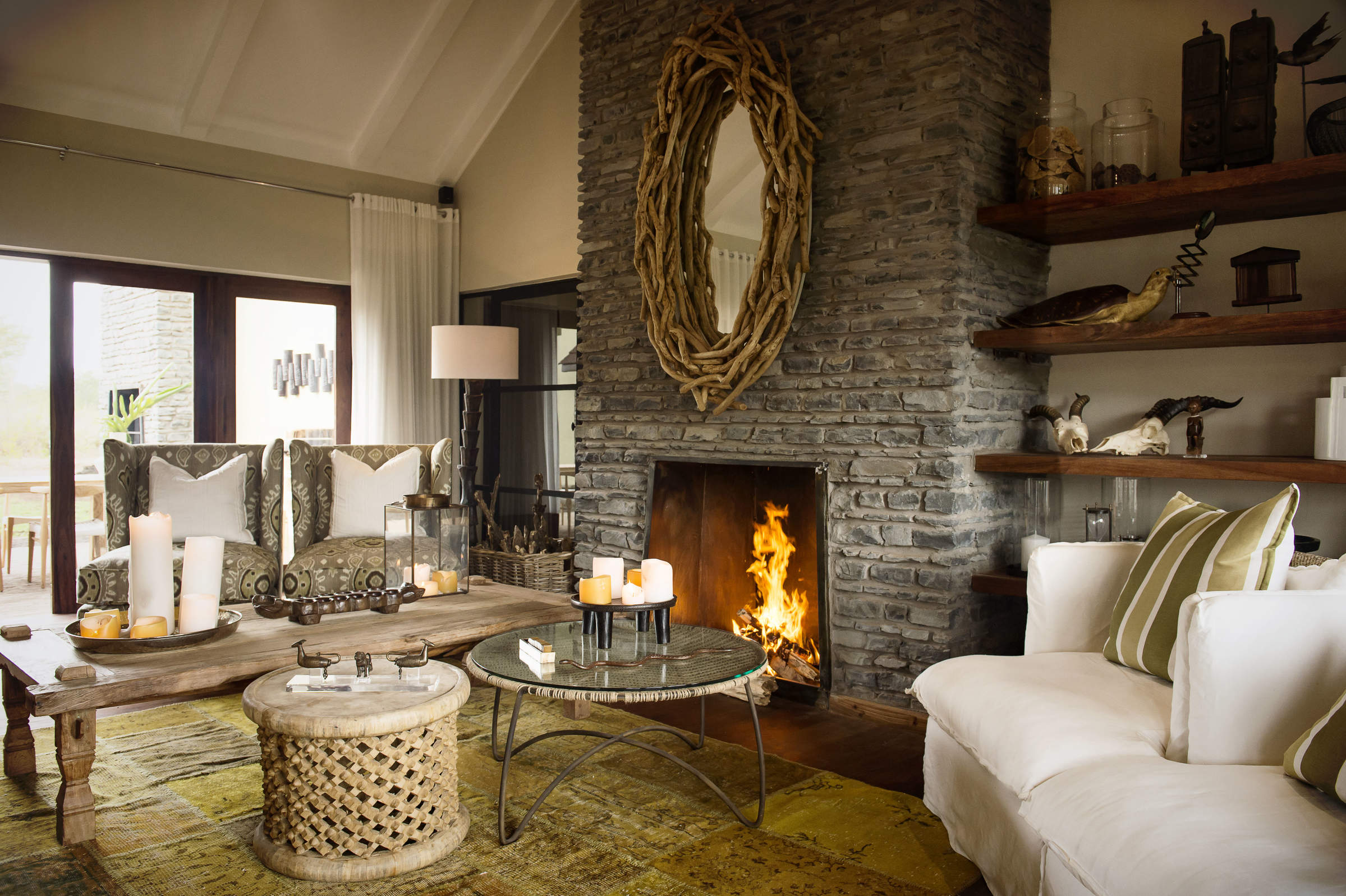
Siringit
Siringit Kilimanjaro Golf Safari Retreat is a six-bedroom villa offering a luxury stay in complete privacy on a championship golf course.
When to go to Arusha
Our month by month guide: What it's like to visit Arusha Serena Hotel in Arusha
Jan
Feb
Mar
Apr
May
Jun
Jul
Aug
Sep
Oct
Nov
Dec
Tanzania in January
January usually marks the start of the short dry season, although the exact timings of this are a little unpredictable. You can expect clear blue skies and sunshine, if the short rains have stopped, and the temperatures will be building. The short dry season is a little less pronounced in Southern Tanzania, and so it can still be wet in these areas. It is an interesting time for avians as resident birds go into breeding plumage and migrant species can be present.
Once the New Year busy period has quietened down, January can offer great value and quieter parks, although the weather can be variable, and in the Selous and Ruaha the wildlife is more dispersed.
- Variable weather: clear & dry or cloudy with some rain.
- Occasional thunderstorms may occur.
- A good time of year for birding as and many migrant species are around
- The wildebeest migration is gathering in the southern Serengeti.
- Busy in early January, quietening down through the month.
Our view
A good time to visit, with pros & cons
Weather in January
Tanzania in February
February is during the short dry season and is one of the hottest months in Tanzania, with temperatures reaching around 33°Celsius. This can be a good time to visit, as some areas of the Northern Circuit are comparatively quieter than during the European summer months, and lodge rates are also a little lower.
The wildebeest will typically be on the southern plains of the Serengeti for their calving season, which tends to occur in a 2-3 week window in early-mid February – although this does vary year on year. This is also a particularly rewarding time for birdlife, as northern hemisphere migrants join the resident species.
- Hot and dry weather.
- Wildebeest migration calving on Serengeti’s southern plains.
- Ngorongoro Crater and southern Serengeti busy for the migration.
- Selous and Ruaha are typically quiet at this time.
- The parks are likely to be lush and green, leading to pretty landscape
Our view
A very good time to visit
Weather in February
Tanzania in March
The heavier ‘long rains’ start in earnest in March although exactly when varies year on year. With no need to stay close to permanent water sources, migratory wildlife disperses, and so game viewing starts to become more challenging. This is most prominently seen in Tarangire National Park. The wildebeest migration may still be calving, or have moved on into the central regions of the Serengeti.
Many of the camps in the southern parks close mid March and mobile tented camps in the Serengeti will wind down towards the end of the month in order to move location or carry out refurbishments, ready for the new tourist season.
- Hot with building humidity, before the rains begin at some point.
- Wildlife viewing is variable depending on the start of the rains.
- Parks are quiet and rates are low.
- Not great for southern or western Tanzania.
- March can be a good time for birding, with many migrant species.
Our view
A good time to visit, with pros & cons
Weather in March
Tanzania in April
April is in the middle of the long rainy season and is the wettest month, with on average 250mm of rain. Temperatures are fairly high and humid in comparison to the rest of the year. Expect the bush to be lush and flowering, and alive with insects, birds and smaller animals. It is however also dense, allowing wildlife to hide, which in turn makes game viewing harder. This is a very quiet time in terms of visitor numbers.
Many of the tented camps are closed in April, however the larger lodges remain open. The rates are significantly cheaper, and so if you are willing to work harder to spot the bigger game, some accommodation bargains can be had.
- Heavy rain expected, with impressive thunderstorms and lightning.
- Many camps closed and roads impassable due to ground conditions.
- Rates are at their lowest all year round, with very few other tourists
- Places that are open are green and vibrant, wildlife more dispersed.
Our view
This is not a great time to visit
Weather in April
Tanzania in May
As Tanzania is close to the equator there is no dramatic difference in climate throughout the year, but temperatures do start to drop a little in May. The rains are likely to still be present, although potentially clearing towards the end of the month. Visitor numbers and lodge rates are still low. The wildebeest migration is making its way through the western regions of the Serengeti, crossing the Grumeti River.
Virtually all camps in southern Tanzania remain closed, and many of the roads and tracks in the Selous become impassable.
- Heavy rains and storms are likely, this can create some dramatic skies
- Blissfully quiet in northern Tanzania, and a good time to avoid crowds
- The parks are likely to look lush and green, with long grass.
- Wildlife is likely to be more dispersed, with fewer sightings.
- The low prices make safaris much more affordable at this time.
Our view
This is not a great time to visit
Weather in May
Tanzania in June
The rains come to an end at some point during the month and migratory wildlife begins to be drawn back to perennial water sources as the land starts to dry up. It’s likely that the parks will still be quite green and the grass high though, so walking and fly-camping may be unlikely. This marks the start of the season with camps reopening, but prices are still more affordable than the subsequent months.
The migration may still be in the Western Corridor, or on the move northwards towards the Mara River. Western Tanzania presents more challenging conditions for chimpanzee trekking in Mahale National Park, as the chimps are higher in the mountains.
- Variable weather: clear & dry or cloudy with some rain.
- A transitory time for the migration – moving from west to north.
- The parks may still be quite green, and grasses high.
- Wildlife may be dispersed still.
- Relatively low visitor numbers and good value, shoulder season prices.
Our view
A good time to visit, with pros & cons
Weather in June
Tanzania in July
July is considered to be the start of the peak season, with no rainfall expected and pleasant daytime temperatures. As the parks dry, the wildlife congregates in fewer areas, grass is eaten and trampled by the migration, and game viewing gets better and better. The wildebeest are typically arriving in the northern Serengeti, ready to begin their period of crossings of the Mara River.
In the Selous and Ruaha wildlife sightings can be fantastic, with animals gathering around the lakes and rivers. Great conditions and school holidays mean the parks are at their busiest, with Ngorongoro and the Serengeti particularly crowded.
- Dry and warm daytimes, chilly and windy in the mornings and evenings.
- Great wildlife viewing, as water sources diminish.
- The most popular time of year with very high visitor numbers.
- Prices are at their highest due to the great conditions on the ground.
- To avoid the crowds consider Tanzania’s southern parks.
Our view
Fantastic: the very best time to visit
Weather in July
Tanzania in August
August is the middle of the long dry season, with clear skies and sunny weather. You can expect some cooler weather at night and first thing in the morning. Remember to pack layered clothing, so you can wrap up warm on your early morning game drives, but remain comfortable as it heats up throughout the day.
August is a very popular time to visit, so accommodation prices are at their highest and advanced booking is necessary. It can get noticeably busier in some of the northern parks – in particular the Ngorongoro Crater and northern Serengeti, as visitors flock to the area in hope of witnessing an exciting migration river crossing.
- Dry and warm daytimes, chilly in the early mornings and evenings.
- General wildlife viewing should be excellent.
- An exciting time of year for the wildebeest migration.
- Certain areas will be very busy and camps fill up fast.
- Great wildlife sightings in the Selous and Ruaha, and fewer people.
Our view
Fantastic: the very best time to visit
Weather in August
Tanzania in September
September can be an excellent time of year to visit Tanzania. As the parks continue to dry up the wildlife becomes increasingly reliant on the remaining water sources, leading to high densities of animals. Whilst early September can be busy, with fewer families traveling at this time the parks typically become quieter as the month goes on.
You are still likely to see the wildebeest migration in the northern Serengeti, with river crossings occurring on a regular basis. Tanzania’s southern parks are also fantastic at this time of year, generally receiving far fewer visitors than the north, and wildlife sightings can be great. Prices remain high and the weather generally remains good.
- Wildlife viewing in September can be fantastic.
- Whilst still fairly busy, often the parks are typically a little quiet
- The parks will start to become very dry, with little new vegetation
- Cooler mornings and evenings, warming up during the day.
- Prices remain high.
Our view
Fantastic: the very best time to visit
Weather in September
Tanzania in October
At the tail end of the dry season, the wildlife should be the easiest to spot, although photographers should be aware that it can be a bit dusty at this time of year, as there has been no rain for several months. Great general wildlife viewing throughout as animals are attracted to remaining sources of water. Elephant numbers are particularly high at this time in Tarangire, and Mahale and Katavi are especially rewarding with frequent wildlife sightings close to camp.
There is a chance of rainfall towards the end of the month, if the short rains commence. While prices remain high, visitors numbers are significantly lower than in July-August.
- Mostly dry and temperatures comfortably warm, with the chance of storm
- Great game viewing although the landscape can be a bit barren.
- Much lower visitor numbers than the earlier months.
Our view
A very good time to visit
Weather in October
Tanzania in November
In November you can expect the start of the short rains, although the start date varies every year. The rains are highly localised, and are much lighter and more unpredictable than the long rains that occur earlier in the year. These should not really interfere with your safari – as the game viewing at this time is still good - but you should pack a waterproof jacket and be prepared for some short rain showers!
The majority of tented camps remain open, but some of the mobile camps in Northern Tanzania will close for the latter half on the month. Given the seasonality, camps are charging shoulder season rates so there are often some bargains to be had. Early November can offer great value for money and the weather conditions are likely to be comparable to late October.
- Variable weather: clear & dry or cloudy with some rain.
- Parks are comparatively quiet and prices at the lower end.
- Some camps will close towards the end of the month for maintenance.
- Good wildlife sightings, but animals will disperse when rain starts
- The wildebeest migration is on the move and the location unpredictable
Our view
A good time to visit, with pros & cons
Weather in November
Tanzania in December
December is also during the short rainy period, but this does not stop Tanzania being a popular destination to spend the festive period. Be aware that many of the lodges book up early, and charge peak rates over this time. Advanced booking is essential over this period, especially if travelling in larger family groups.
Travelling in December outside of the festive period allows travellers to make use of excellent shoulder season rates. Temperatures are pleasant with the averages of 27Celsius, although there is the chance of intermittent thunderstorms.
- Variable weather:clear & dry or cloudy with some rain and thunderstorm
- Good general game viewing in parks with low seasonality - Serengeti.
- Very quiet early in the month, becoming exceptionally busy.
- Prices reflect this – great value rising to the highest they are.
- The wildlife in southern Tanzania is more dispersed.
Our view
A good time to visit, with pros & cons
Weather in December

Looking for inspiration on where to travel next?
Visit our trip chooser to explore your options and find inspiration for your perfect African adventure
Inspire me